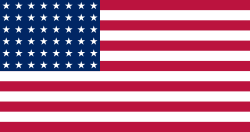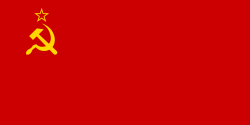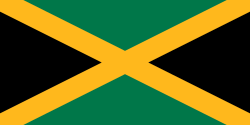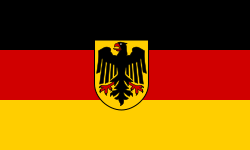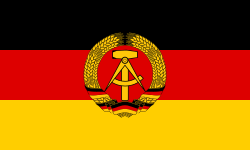Martin Lauer
| Martin Lauer | |
|---|---|
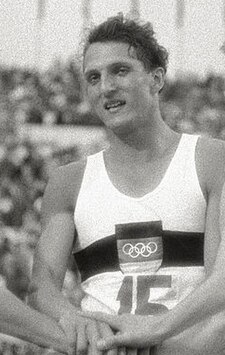 | |
| Narození | 2. ledna 1937 Kolín nad Rýnem |
| Úmrtí | 6. října 2019 (ve věku 82 let) Lauf an der Pegnitz |
| Povolání | atlet a zpěvák |
| Ocenění | Sportovec roku (1959) Záslužný řád Severního Porýní-Vestfálska (1993) Síň slávy německého sportu Stříbrný vavřínový list |
| Některá data mohou pocházet z datové položky. | |
| Přehled medailí | ||
|---|---|---|
| zlato | LOH 1960 | štafeta 4 x 100 metrů |
| Mistrovství Evropy v atletice | ||
| zlato | ME 1958 | 110 m překážek |

Martin Lauer (2. ledna 1937 Kolín nad Rýnem – 6. října 2019[1]) byl německý atlet, překážkář, mistr Evropy v běhu na 110 metrů překážek z roku 1958.
Sportovní kariéra
Byl všestranným atletem. Na olympiádě v Melbourne v roce 1956 obsadil čtvrté místo v běhu na 110 metrů překážek a skončil pátý v desetiboji. Na mistrovství Evropy v roce 1958 zvítězil v běhu na 110 metrů překážek. Dne 7. července téhož roku vytvořil světový rekord na této trati časem 13,2 s. Na olympiádě v Římě v roce 1960 byl finišmanem vítězné německé štafety na 4 x 100 metrů, v běhu na 110 metrů překážek doběhl čtvrtý. Krátce po olympiádě dostal otravu krve a musela mu být amputována levá noha. Později se stal sportovním novinářem.
Odkazy
Reference
- ↑ Die deutsche Leichtathletik trauert um Martin Lauer. www.leichtathletik.de [online]. [cit. 2019-10-07]. Dostupné v archivu pořízeném z originálu dne 2019-10-06.
Externí odkazy
 Obrázky, zvuky či videa k tématu Martin Lauer na Wikimedia Commons
Obrázky, zvuky či videa k tématu Martin Lauer na Wikimedia Commons - Martin Lauer v databázi Olympedia (anglicky)
Média použitá na této stránce
Olympic Rings without "rims" (gaps between the rings), As used, eg. in the logos of the 2008 and 2016 Olympics. The colour scheme applied here was specified in 2023 guidelines.
Olympic Rings without "rims" (gaps between the rings), As used, eg. in the logos of the 2008 and 2016 Olympics. The colour scheme applied here was specified in 2023 guidelines.
US Flag with 48 stars. In use for 47 years from July 4, 1912, to July 3, 1959.
Flag of the unified Team of Germany for the Olympic Games, 1960–1968.
(c) I, Cmapm, CC BY-SA 3.0
The flag of the Soviet Union (1955-1991) using a darker shade of red.
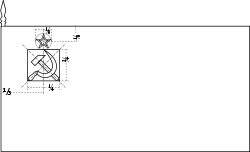
(c) I, Cmapm, CC BY-SA 3.0
The flag of the Soviet Union (1955-1991) using a darker shade of red.

Flag of Jamaica. “The sunshine, the land is green, and the people are strong and bold” is the symbolism of the colours of the flag. GOLD represents the natural wealth and beauty of sunlight; GREEN represents hope and agricultural resources; BLACK represents the strength and creativity of the people. The original symbolism, however, was "Hardships there are, but the land is green, and the sun shineth", where BLACK represented the hardships being faced.
Bundesdienstflagge (Flag of the federal authorities of Germany). Under German law, federal states, municipalities, institutions or private persons are not allowed to use this flag.
Left-right: Armin Hary, Martin Lauer, Bernd Cullmann, Walter Mahlendorf at the 1960 Olympics
Left-right: Armin Hary, Martin Lauer, Bernd Cullmann, Walter Mahlendorf at the 1960 Olympics


